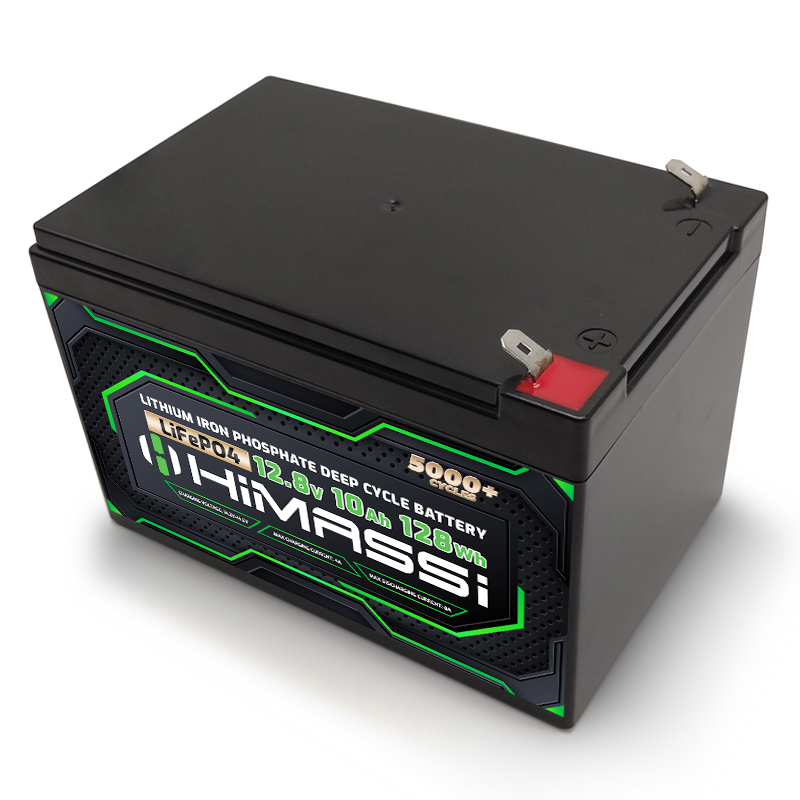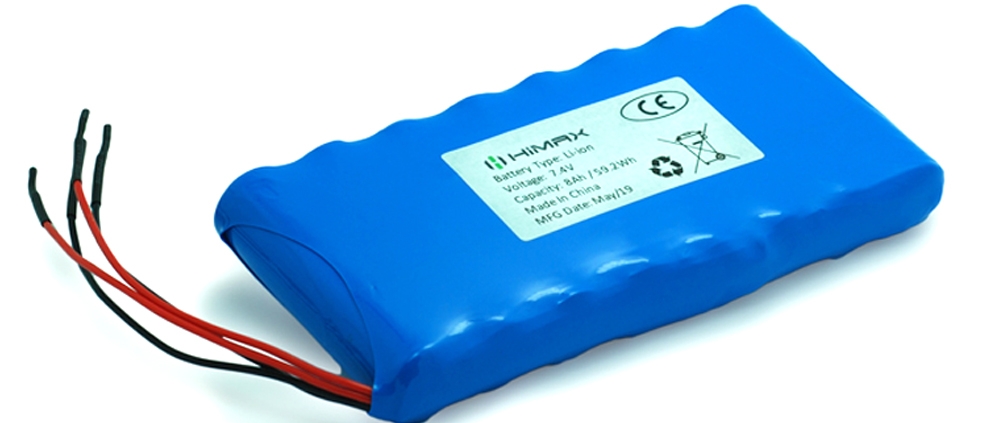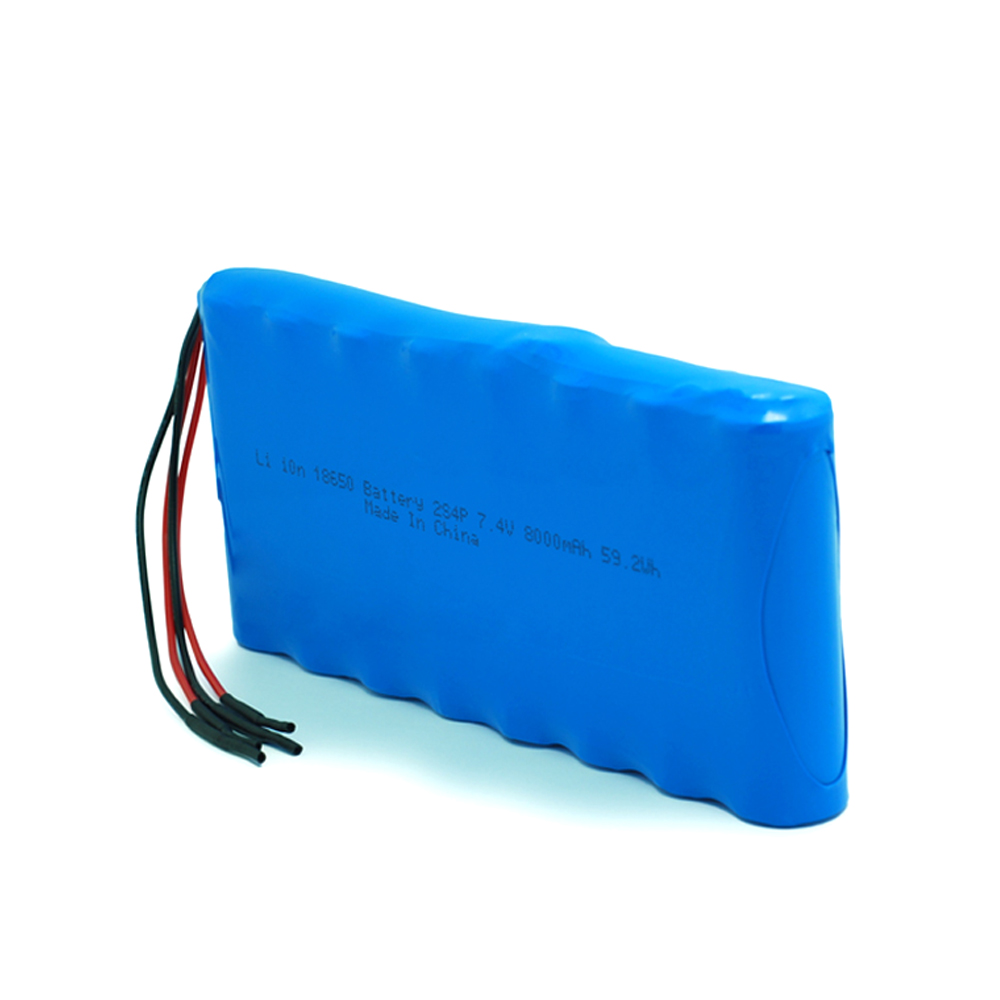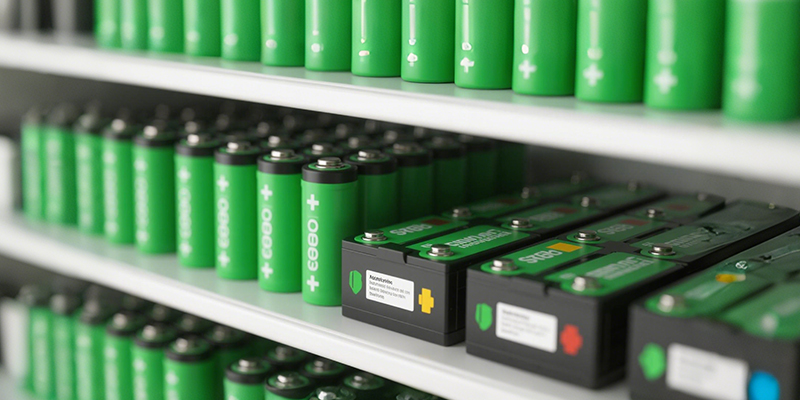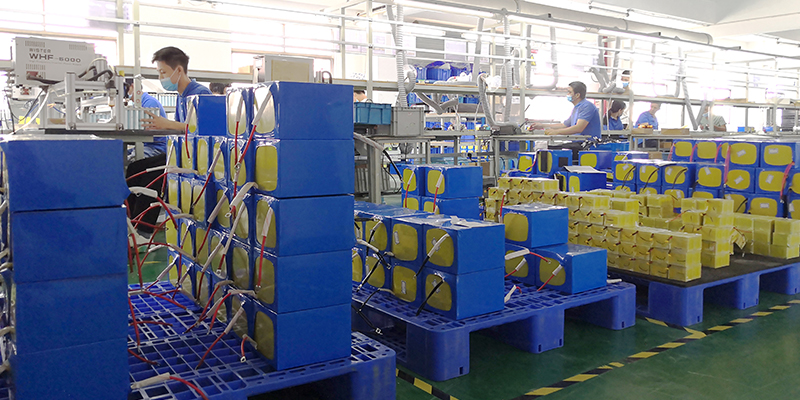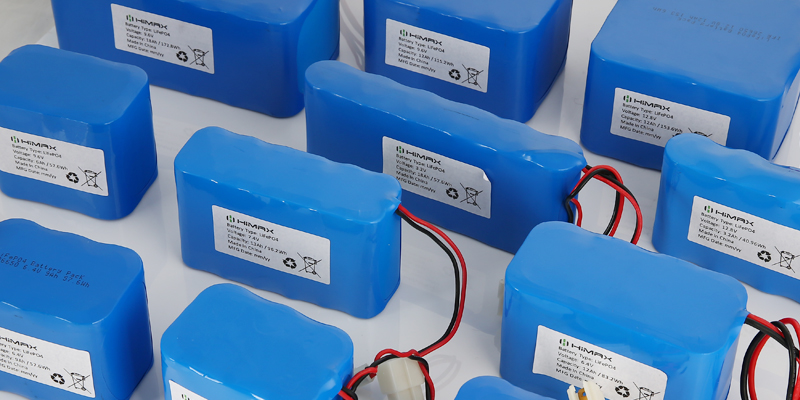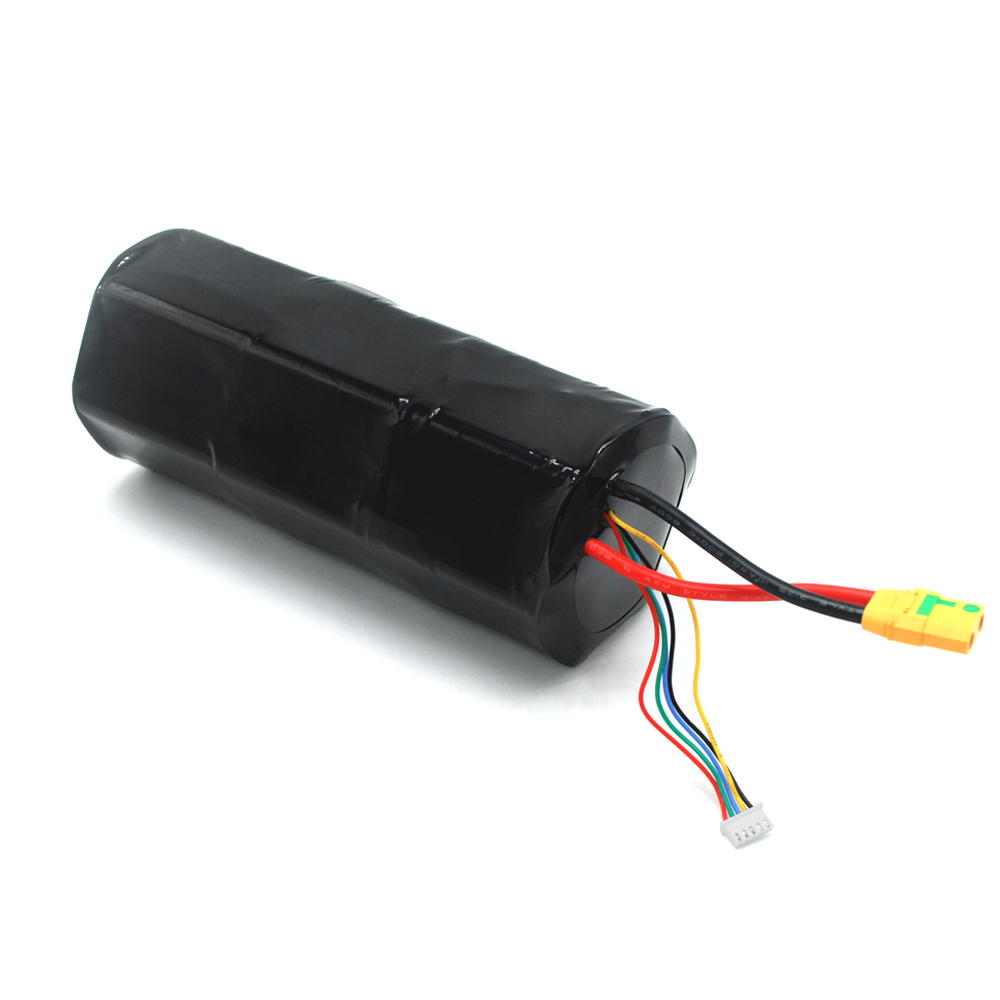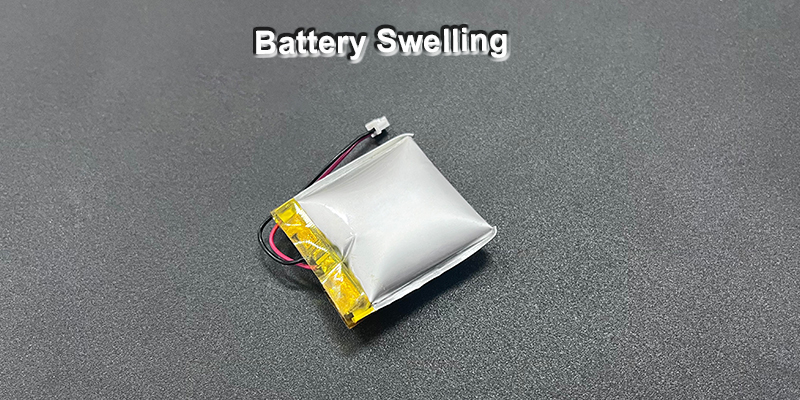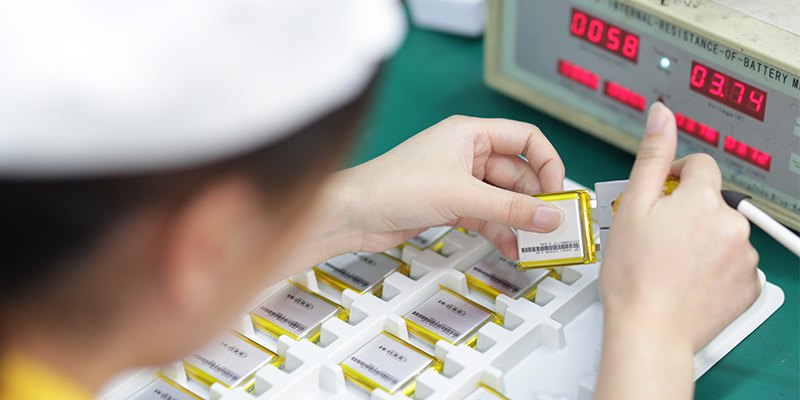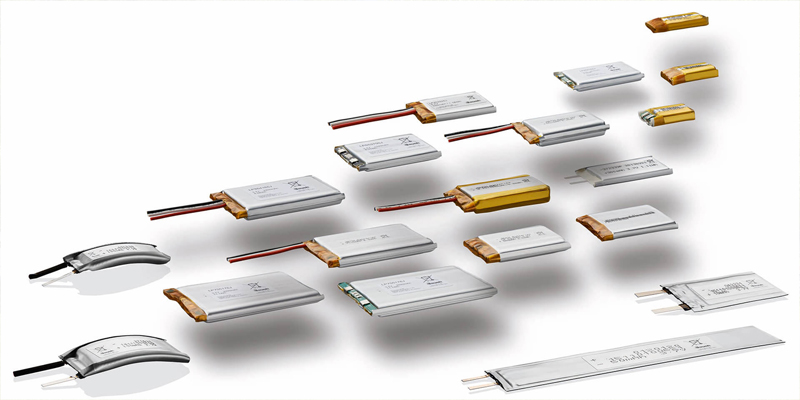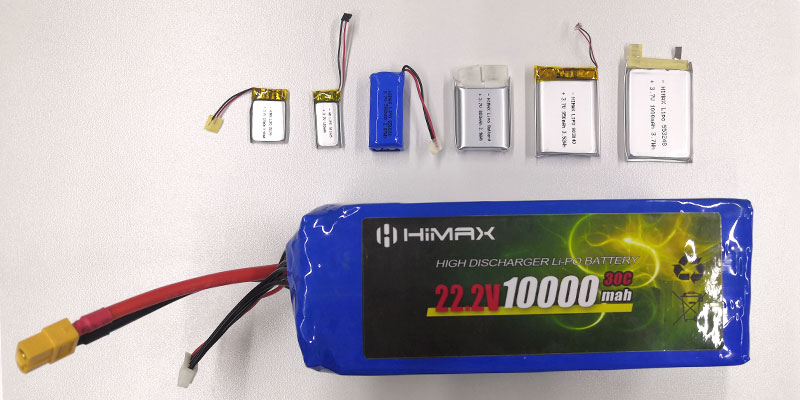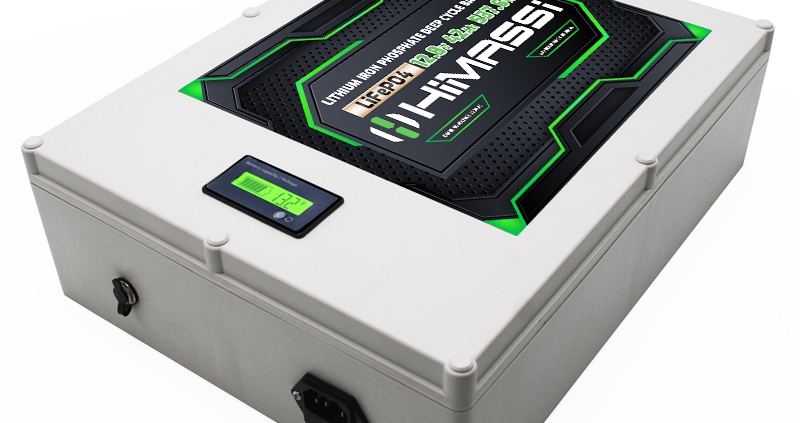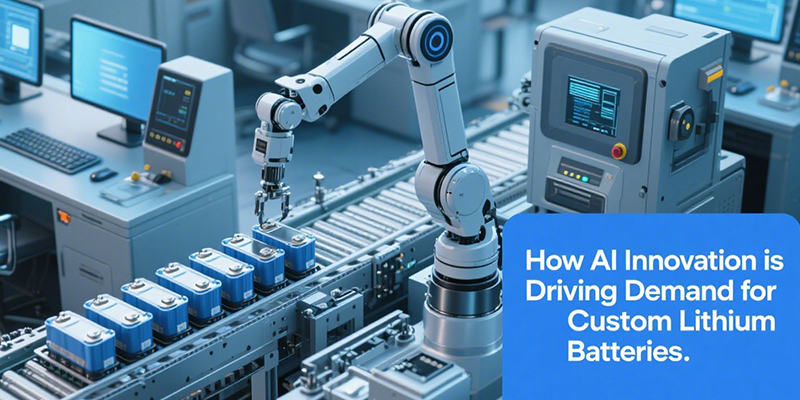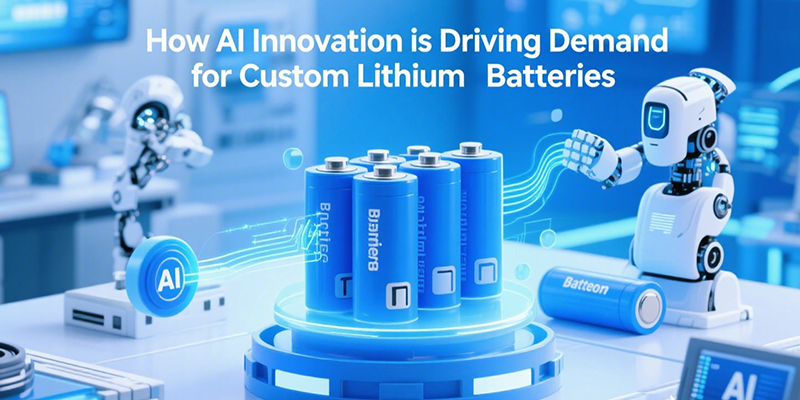How can you make your golf cart battery last longer? From proper charging to smart storage, this 2025 golf cart battery maintenance guide combines science-backed insights and practical tips to help you extend battery life and optimize cart performance. Let’s dive into how simple upkeep can deliver a more cost-effective and reliable ride!
Types and Features of Golf Cart Batteries
Golf cart batteries typically fall into two categories: lead-acid and lithium, each with distinct benefits and maintenance needs. Understanding their features is the first step to proper care.
-
Lead-Acid Batteries:
-
Features: Affordable (around $300-$500 per set), widely used in traditional golf carts. Typically deep-cycle batteries, designed for frequent charging and discharging.
-
Lifespan: About 500-800 charge cycles (2-4 years), requiring regular electrolyte checks and distilled water top-offs.
-
Drawbacks: Heavy (65-110 lbs per set), high maintenance, and sensitive to high temperatures.
-
-
Lithium Batteries:
-
Features: Lightweight (33-44 lbs per set), maintenance-free, but pricier ($700-$1,000 per set). Use lithium iron phosphate (LiFePO4) technology for high charging efficiency.
-
Lifespan: Over 2,000 charge cycles (5-8 years), supports fast charging, ideal for high-use scenarios.
-
Advantages: Heat-resistant, low self-discharge rate, and lighter weight boosts cart range.
-
-
Specifications: Golf carts commonly use 36V or 48V systems with 50-100Ah capacity, requiring compatibility with onboard chargers and controllers.
-
Factors Affecting Lifespan: Overcharging, deep discharging (below 20% capacity), high temperatures (>95°F), humidity, or improper storage accelerate battery aging.
When choosing a battery, weigh your budget, usage frequency, and maintenance willingness. Lithium batteries cost more upfront but save money over time.
Why Battery Maintenance Is Critical for Golf Carts
The battery is the lifeblood of a golf cart, and its condition directly affects operational efficiency and costs. Here’s why maintenance is a game-changer:
-
Extends Lifespan: Proper charging and storage can add 1-2 years to lead-acid batteries and push lithium batteries beyond 8 years.
-
Saves Money: Battery replacements are expensive ($300-$1,000 per set), and regular care reduces replacement frequency, cutting long-term costs.
-
Boosts Performance: A healthy battery delivers consistent voltage and range, preventing power loss or mid-round shutdowns.
-
Ensures Safety: Poor maintenance can cause leaks, short circuits, or overheating, raising the risk of fires or equipment damage.
Whether you’re a golf course manager or a community cart user, mastering battery maintenance enhances reliability, reduces downtime, and keeps your cart running smoothly.
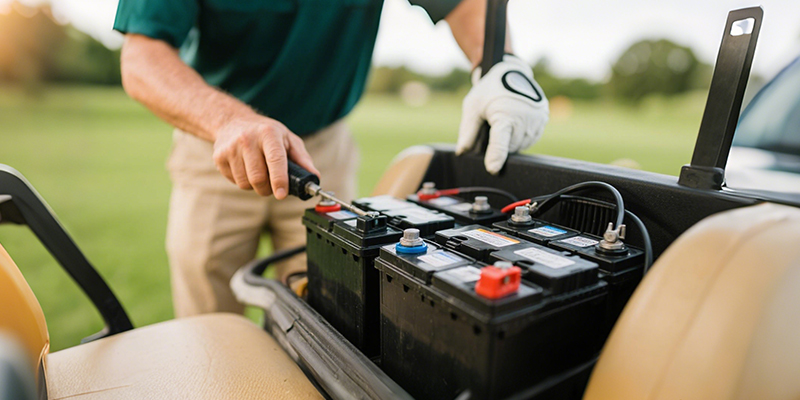
6 Practical Tips for Golf Cart Battery Maintenance
Follow these six practical tips to maintain your golf cart battery, extend its life, and keep your cart in top shape.
-
Practice Proper Charging:
-
Use the original or a compatible charger to avoid overcharging. Disconnect the charger once fully charged to prevent electrolyte evaporation or overheating.
-
Charge after every use, avoiding deep discharges (below 20% capacity) to protect the battery’s chemical structure.
-
Tip: Charge in a 60-77°F environment to avoid heat-related aging.
-
-
Inspect Batteries Regularly:
-
Check battery terminals monthly, using a wire brush to remove corrosion and applying anti-corrosion spray or petroleum jelly to prevent oxidation.
-
For lead-acid batteries, check electrolyte levels; if below the marked line, top off with distilled water (never tap water).
-
Note: Wear gloves and safety glasses during inspections to avoid acid exposure.
-
-
Store Batteries Correctly:
-
Before long-term storage (e.g., winter), fully charge the battery and store it in a dry, cool place at 60-77°F, away from moisture and direct sunlight.
-
Recharge every 2-3 months to prevent self-discharge and permanent capacity loss.
-
Suggestion: Disconnect the battery from the cart to minimize standby power drain.
-
-
Keep Batteries Clean:
-
Wipe the battery case with a damp cloth to remove dust, dirt, or salt buildup, preventing terminal corrosion.
-
Ensure no water enters the terminals or battery interior to avoid short circuits.
-
Frequency: Clean monthly or immediately after driving through muddy conditions.
-
-
Control Operating Conditions:
-
Avoid using or storing batteries in extreme heat (>95°F) or cold (<32°F), as heat speeds up electrolyte evaporation and cold reduces capacity.
-
Park the cart in a shaded, well-ventilated area to avoid direct sunlight or moisture buildup.
-
Tip: In humid regions, check battery ventilation regularly.
-
-
Perform Equalization Charging:
-
For lead-acid batteries, conduct an equalization charge every 3 months (extended charging to balance cell voltages) using a dedicated charger.
-
Lithium batteries don’t need equalization but should avoid frequent shallow charging (below 50%) to optimize cycle life.
-
Benefit: Equalization reduces voltage differences between cells, extending overall lifespan.
-
Battery Maintenance Comparison Table
| Feature | Lead-Acid Battery | Lithium Battery |
| Charging | Avoid overcharging, use OEM charger | Fast charging, smart cutoff |
| Maintenance | Monthly fluid checks, add distilled water | Maintenance-free, no fluid |
| Storage | Fully charged, 60-77°F dry environment | Wide temperature tolerance |
| Lifespan (Cycles) | 500-800 | 2,000+ |
| Cost (USD) | $300-$500 | $700-$1,000 |
Tip: High-frequency users (e.g., golf courses) should opt for lithium batteries, while low-frequency users (e.g., personal owners) may prefer lead-acid for cost savings.
Common Battery Issues and Solutions
Golf cart batteries can face these common issues, but here’s how to tackle them:
-
Reduced Capacity:
-
Cause: Deep discharging, mismatched charger, or lack of equalization.
-
Solution: Keep capacity above 20%, use the correct charger, and equalize lead-acid batteries every 3 months. If capacity keeps dropping, consider replacement.
-
-
Long Charging Times:
-
Cause: Low charger voltage, corroded terminals, or battery aging.
-
Solution: Verify charger output (matching 36V/48V system), clean terminals, and test battery health. Replace if issues persist.
-
-
Battery Leakage (Lead-Acid):
-
Cause: Overfilled electrolyte, cracked casing, or excessive tilting.
-
Solution: Stop using the battery, replace the damaged unit, and neutralize leaks with baking soda. Prevent future leaks by avoiding overfilling and checking casings regularly.
-
-
Winter Storage Issues:
-
Cause: Prolonged inactivity or cold storage causing self-discharge.
-
Solution: Fully charge before storage, disconnect terminals, and store in a warm (60-77°F), dry place. Recharge every 2-3 months.
-
Tip: For complex issues, consult a professional technician or HIMAX support to avoid mishandling.
Safety and FAQ
Here are answers to common golf cart battery maintenance questions to clear up any confusion:
How often should I charge my golf cart battery? Charge after every use, keeping capacity above 20% to avoid deep discharges and extend lifespan.
Are lead-acid or lithium batteries better? Lithium batteries last longer (2,000+ cycles) and require no maintenance, ideal for frequent use, but they’re pricier. Lead-acid batteries are budget-friendly ($300-$500) but need regular water top-offs, suiting lower budgets.
Is it okay to charge overnight? Not recommended. Disconnect after a full charge to avoid overcharging, which can evaporate electrolyte or overheat the battery. Lithium batteries with smart chargers may auto-cutoff, but still check.
How do I store my battery safely? Fully charge, store in a dry 60-77°F environment away from moisture and heat, and recharge every 2-3 months to prevent self-discharge.
HIMAX Golf Cart Batteries: Your Go-To Choice
Proper golf cart battery maintenance is the key to maximizing lifespan, cutting costs, and boosting performance. By following these tips—regular charging, inspections, proper storage, and cleaning—you can add years to your battery’s life and keep your cart running reliably on the course or in the community. Whether you use lead-acid or lithium batteries, these practical steps will enhance your experience and minimize disruptions.
For top-tier golf cart batteries, look no further than HIMAX Batteries! HIMAX golf cart lithium batteries, built with advanced lithium iron phosphate technology, offer a robust 100Ah capacity, over 2,000 charge cycles, and fast charging, all at half the weight of traditional lead-acid batteries. Perfect for high-demand golf courses or community patrols, they ensure long-lasting power and efficiency. As an online retailer, HIMAX provides exclusive deals, fast shipping, and stellar customer support. Visit the HIMAX website today to explore their high-performance lithium batteries and power up your 2025 golf cart experience!


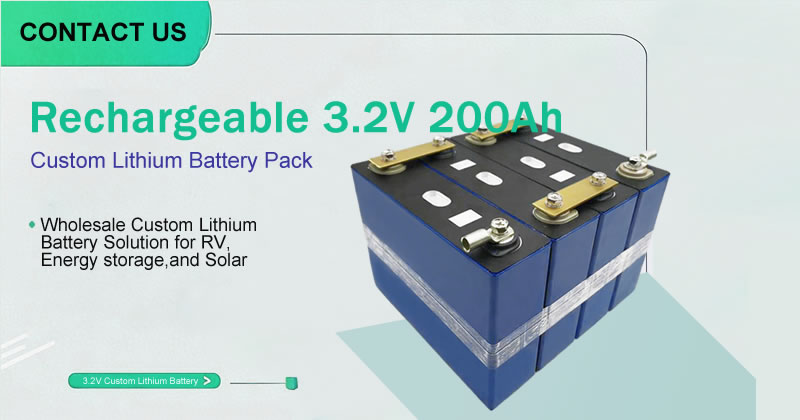
.png)
